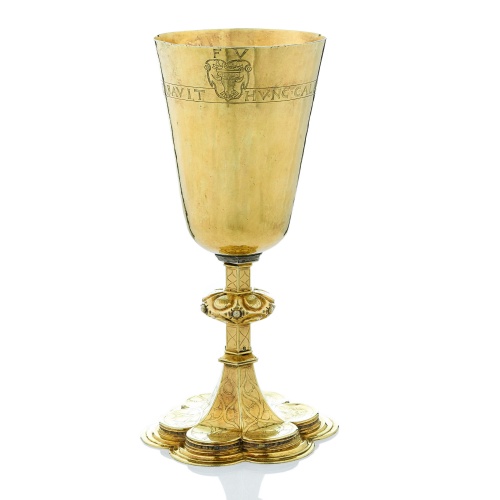The dukes manage to maintain their neutrality in the Nordic Seven Years' War (1563–1570). They are given two votes at the 1570 Diet of the Holy Roman Empire. Border disputes with Brandenburg are resolved. The Diocese of Cammin becomes an independent, secular region under the auspices of members of the ducal family. Science and art flourish. A print shop opens 1569 in Stettin, 1581 in Greifswald and 1582 in Barth. The Renaissance recognised parks as the ideal manifestation of the reconciliation between mankind and nature and as artworks to be created.
The Hanseatic League loses influence. The merchant and banking house Loitz collapses in Stettin in 1572. It sends the economy in Pomerania into turmoil. At the same time, Stettin wages trade war with Frankfurt/Oder.
Brickworks at Ueckermünde and Randow are clustered around the clay deposits.
The dukes of Pomerania conclude a 'heritage settlement' with the landed gentry in 1569, which includes a 'farming ordinance' that regulates country life. The gentry started to “turn” the land cultivated by tributary farmers into farmland and also to increase the peasant labour for its farms. The social situation of farmers pushes them into serfdom.
The Reformation changes social relations. The Catholic clergy as a caste gave way to church representatives from the midst of the educated class. The human body and natural phenomena became the subject of academic consideration.
Church councils in Greifswald, Stettin and Kolberg watch over the Pomeranian churches and schools. A general superintendent resides in Wolgast. In 1563, a new church order strengthens the expansion of the regional church. In 1569, an order for protestant convents for unmarried ladies (of noble birth) in Bergen on Rügen, Kolberg, Marienfliess, Stolp and Verchen is issued. The persecution of witches reaches its apex. Capital punishment becomes increasingly frequent in Stettin and Neustettin.









